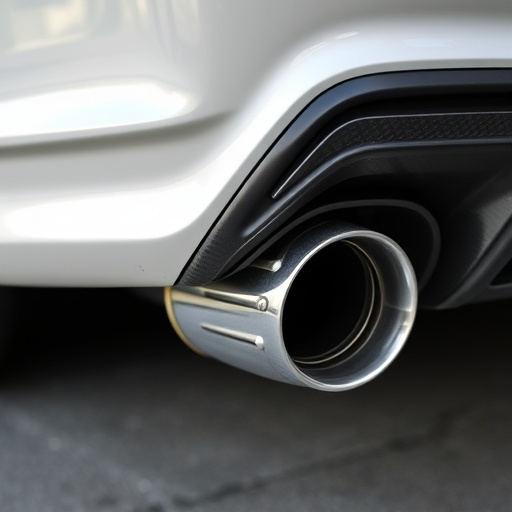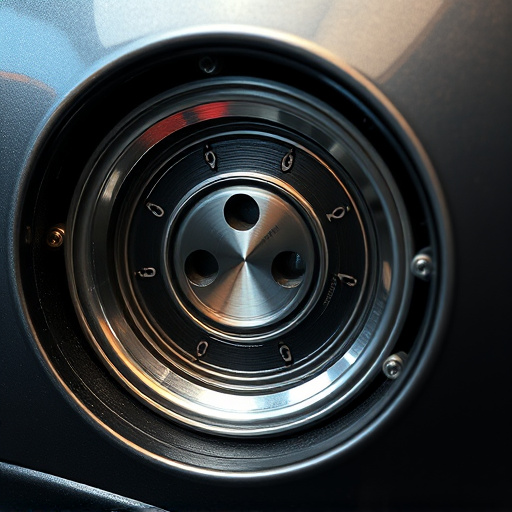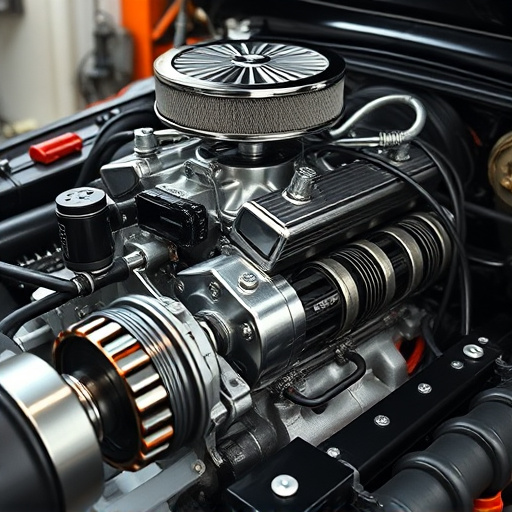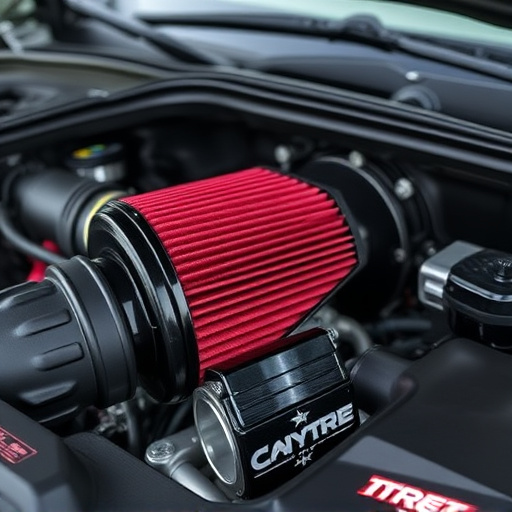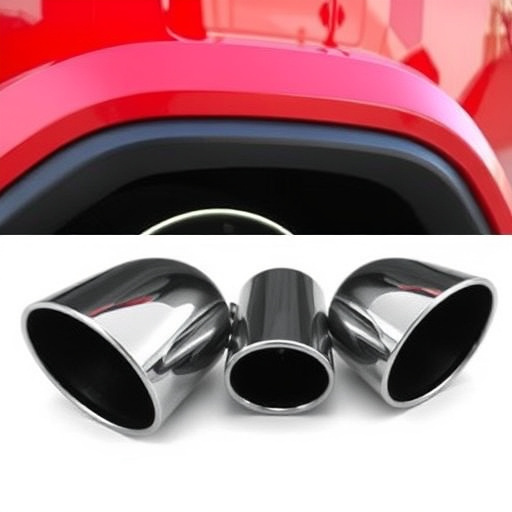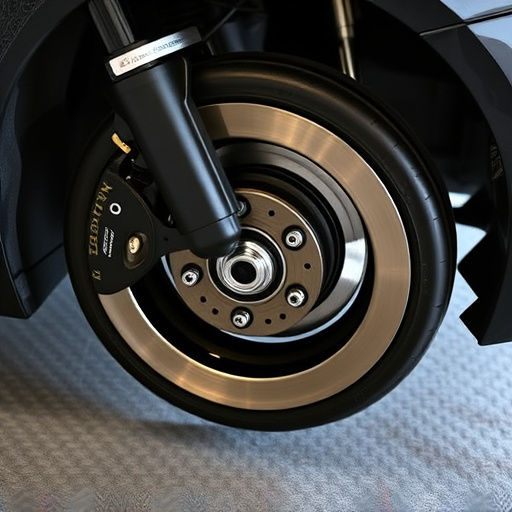A boost controller is a critical automotive part that enhances engine performance in turbocharged/supercharged cars by managing compressed air delivery. It optimizes power output, ensures peak efficiency, and plays a key role in automotive tuning through precise control of airflow. Modern boost controllers offer advanced algorithms and sensors for real-time pressure adjustments based on engine load, speed, and temperature, integrating seamlessly with other performance upgrades for improved fuel economy, reduced lag, and enhanced drivability.
A boost controller is a pivotal component in modern vehicle engines, revolutionizing performance and efficiency. This intricate device manages compressed air delivery, providing an extra kick to power output. In this article, we’ll delve into the inner workings of a boost controller, exploring its key components and advanced features that ensure optimal engine performance. Unlocking these secrets can help drivers understand and maximize their vehicle’s capabilities.
- Boost Controller: Unlocking Engine Performance
- Core Components and Their Functionality
- Advanced Features for Optimal Control
Boost Controller: Unlocking Engine Performance
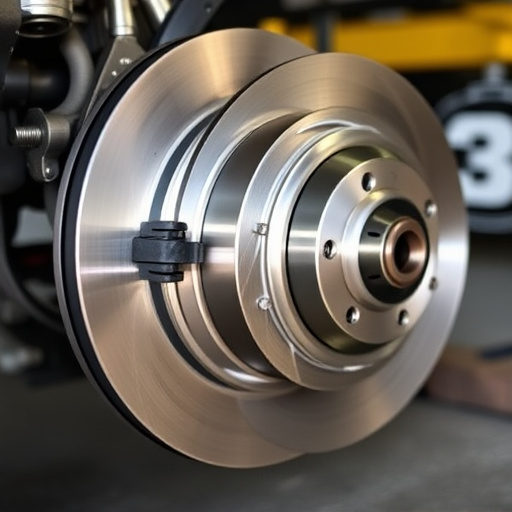
A boost controller is a pivotal component in automotive engineering, specifically tailored to enhance engine performance, particularly in vehicles equipped with turbocharged or supercharged engines. This sophisticated device manages and regulates the amount of compressed air delivered to the engine, thereby optimizing its power output. By controlling the boost pressure, the controller ensures that the engine operates at peak efficiency across various driving conditions.
In the context of automotive tuning, boost controllers play a crucial role in maximizing the potential of high-performance engines. They facilitate adjustments to the exhaust systems and air intake systems by precisely managing air flow through performance air filters. This not only improves engine response but also enhances overall vehicle dynamics, offering drivers an exhilarating and responsive driving experience.
Core Components and Their Functionality
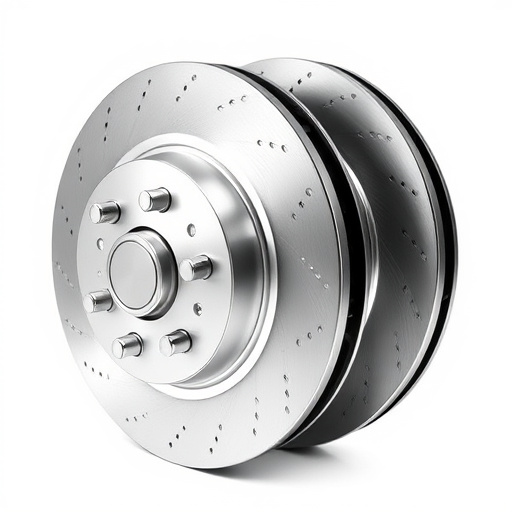
A boost controller, a pivotal component in many high-performance vehicles, is more than just a regulator; it’s a sophisticated system that manages and optimizes engine boost pressure. At its core, it comprises several essential elements, each playing a crucial role in enhancing vehicle performance. The primary components include the boost pump, control module, and various sensors.
The boost pump, often driven by the engine’s crankshaft, is responsible for generating high-pressure air, which is then directed to the engine’s intake manifold. This process significantly increases the power output of the vehicle. The control module, a brain of sorts, regulates the amount of boost pressure delivered based on input from various sensors. These sensors monitor factors like manifold pressure and engine speed, ensuring optimal performance and efficiency. Additionally, performance air filters, by filtering out contaminants, support the system’s functionality, enabling cleaner air to enter the engine for enhanced combustion. Similarly, suspension components, though not directly involved, contribute to overall vehicle dynamics, allowing smoother handling during high-performance driving conditions.
Advanced Features for Optimal Control
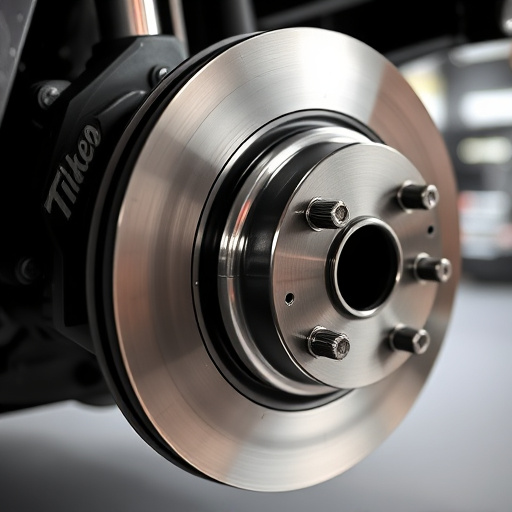
Advanced features on modern boost controllers offer a range of benefits for enthusiasts seeking optimal control and performance. These controllers go beyond basic functions by incorporating sophisticated algorithms and sensors to enhance engine response and efficiency. For instance, some models feature dynamic mapping capabilities, allowing them to adapt boost pressure in real-time based on various factors like engine load, speed, and temperature. This ensures a smoother power delivery, especially during rapid acceleration or when switching between different driving modes.
Additionally, advanced boost controllers often integrate seamlessly with other performance upgrades such as cold air intakes, performance exhaust systems, and high-performance brakes. They can optimize the interaction between these components to maximize overall system efficiency. By precisely managing boost levels, these controllers contribute to improved fuel efficiency, reduced lag, and enhanced drivability, making them a valuable asset for both everyday driving and track days.
A boost controller is not just a component; it’s the conductor of your engine’s performance symphony. By understanding its core components, advanced features, and meticulous control mechanisms, you gain the power to optimize your vehicle’s output. Whether enhancing fuel efficiency or maximizing horsepower, a well-functioning boost controller is key to unlocking the full potential of any high-performance engine. Embrace the art of precision tuning with this essential tool for automotive enthusiasts.








